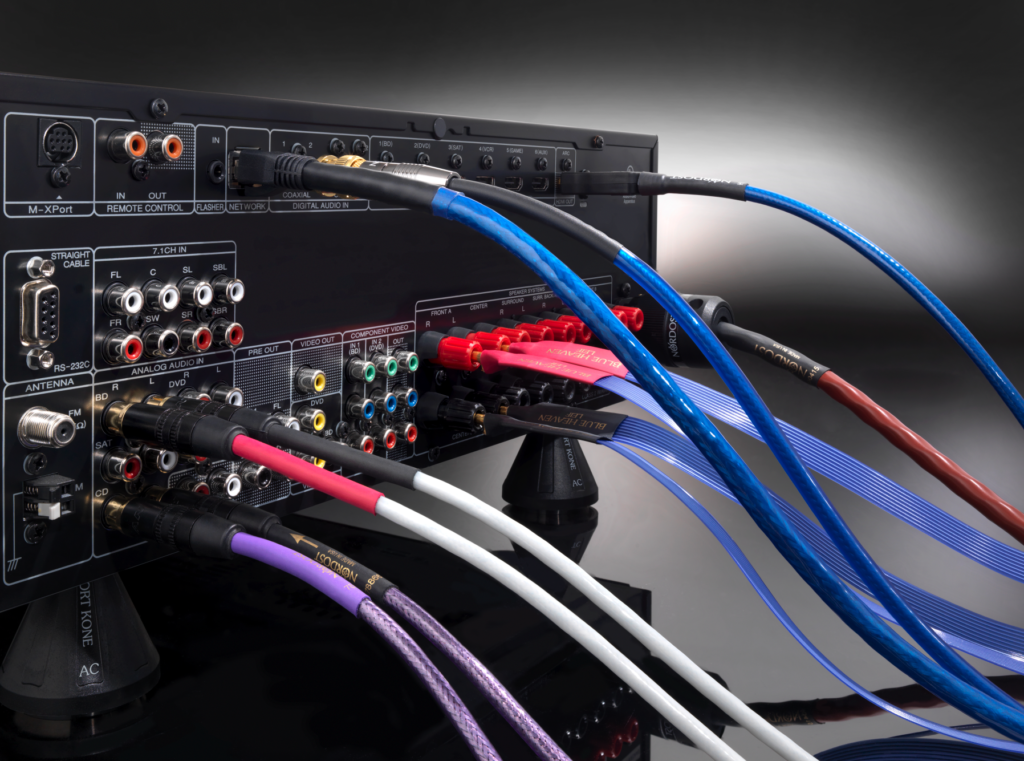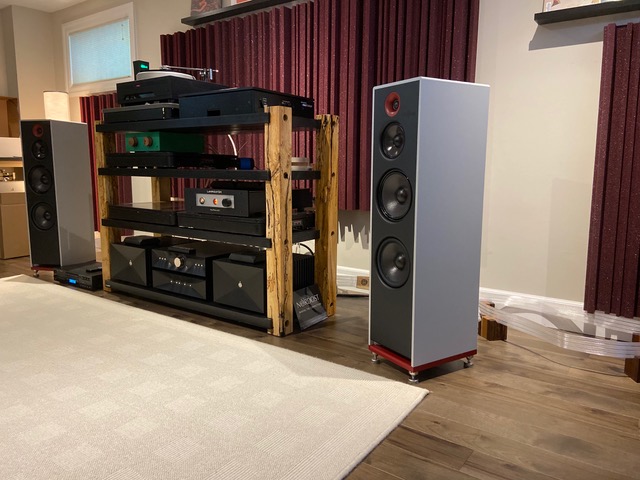
Our product specialists receive questions on a daily basis about Nordost products, their application, and hifi in general. We thought that we would take a minute to share some of our most recent and frequently asked questions here so that everyone can get the answers they are looking for!

Q: Can I wire my system with cables from different ranges within the Leif family?
A: Yes. You can definitely wire your system with a mix of cables from the Leif range. Our cables all have the same design philosophy, so while products improve due to added conductors, gauges, and technologies, they all have the same sonic signature. This allows you to budget your cables accordingly, and upgrade piece by piece when needed.

Q: What is better: short interconnects or short loudspeaker cables?
A: The signal loss on Nordost cables is very low due to the use of extruded FEP insulation and Mono-Filament technology. Nordost cables can run over longer distances with less signal loss than regular cables. However, when planning a system set up, it is wise to keep lower level signals such as tonearm cables and analog interconnects relatively short. It is better to use longer loudspeaker cables as these typically have much more current and voltage being provided by the power amplifier.

Q: Why do Nordost 75 Ohm digital cables come with BNC to RCA Adaptors?
A: The correct termination for true 75 Ohm impedance is a BNC connector, due to the mechanical spacing of the center conductor relative to the outer insulation. We have found that keeping the integrity of the 75 Ohm cable with a BNC termination and using an RCA adaptor always provides better sonic results. It also means the cable can be used easily as a clocking cable, which typically uses BNC connections for superior performance.

Q: Power cords can’t make a difference after the miles electricity travels in wires to get to my house.
A: While they are not audio-grade, the cables used to transfer electricity through the grid and to your home, are actually a significant gauge. The “choke point” usually does occur in your home. Not only that, but it is very important to try to minimize the effects of artifacts, EMI, and RFI that are introduced to electricity on its journey to your home and continue to be introduced from your home appliances.







